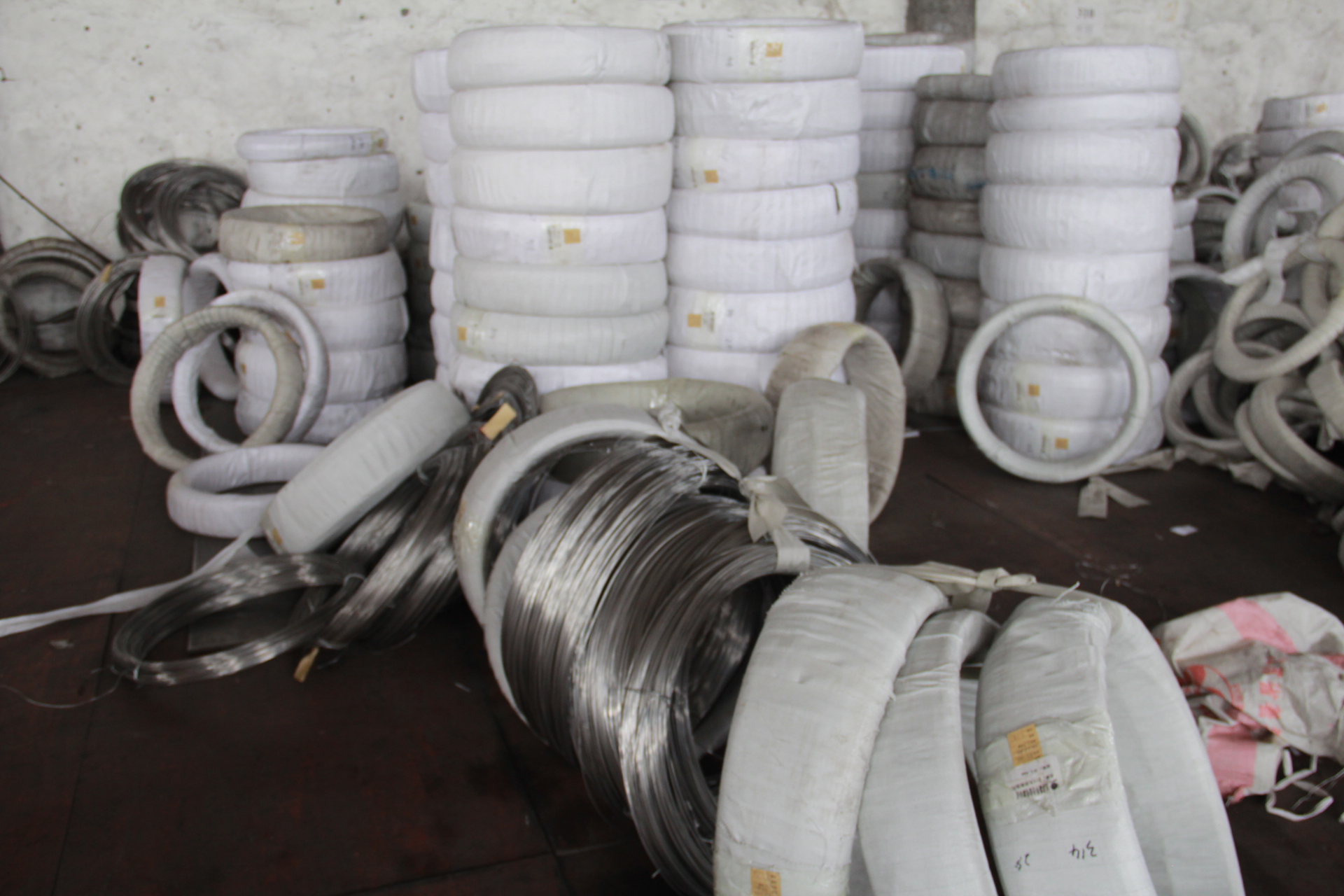China-ASEAN Energy Cooperation Supports Sustainable Development
It is understood that the cooperation between China and ASEAN in the energy sector was prosperous in the mid-1990s. In recent years, the cooperation between China and ASEAN in the energy sector has gradually become closer. In April 2009, China began preparations for a China-ASEAN Investment Cooperation Fund with a total size of US$10 billion to support regional infrastructure construction, mainly investing in major investment cooperation projects in both energy resources and information and communications. Today, this fund has been completed and put into operation at the end of March this year.
On September 10, this year, the China-Myanmar oil and gas pipeline project in China began construction in Anning City, Kunming. At the same time, as a supporting construction project for China-Myanmar crude oil pipelines, a 10 million-ton/year oil-refining project is also laying the foundation for construction in Anning City. These two projects are expected to be completed and put into operation in 2013. According to China’s current imports of more than 200 million tons of crude oil, the volume of oil and gas pipeline projects will account for one-tenth, while the 10 million tons/year of oil refinery products will be mainly sold to the three cities of Yunnan, Guizhou, and Guangxi, greatly improving the finished products in the southwest region. Oil supply shortages, ease of oil and gas transport capacity conflict.
Not long ago, the famous "Chinese sugar capital" Guangxi and Vietnam, Thailand and other countries reached an agreement on the development of new energy sources for the development of biomass and cassava and sugar cane. All parties negotiate to provide high-tech varieties, bio-fertilizers, free technical guidance, and insured purchases by Chinese companies, and provide land and labor for foreign parties.
At the signing ceremony of the recently concluded 7th China-ASEAN Expo economic cooperation project, 76 international economic cooperation projects involving infrastructure, transportation, energy and other fields were successfully signed, with a total investment of 3.298 billion U.S. dollars. Among them, the investment of nearly 2.3 billion U.S. dollars Guangdong Zhenjing Energy Co., Ltd. and the 5 million-ton oil refinery plant and the refined oil sales network project in cooperation with Myanmar enterprises have become China and ASEAN representatives in the energy sector.
Corrosion-Resistance Alloy,mainly refers to ordinary stainless steel resists atmosphere and sea water corrosion such as 300 series stainless steel including 304,316L, 317L etc.; comparatively strong corrosion resistance material including austenitic stainless steel 904L, 254SMOand Dual phase steel 2205,2507 etc.; corrosion resistant alloy containing Cu 20 alloy; In comparison to non-metal corrosion resistant materials, corrosion-resistance alloy main refers to iron alloy (resistance to corrosion); nickel alloy (Ni-Cr alloy, Ni-Cr-Mo alloy, Ni-Cu alloy and other active metal.

Corrosion-Resistance Alloy
Corrosion-Resistance Alloy,Corrosion-Resistant Alloy Tube,Corrosion-Resistant Alloy Welding Wire,Corrosion-Resistant Nickel-Chromium Alloy
Jiangsu nickel alloy Co.,Ltd , https://www.xhalloy.com